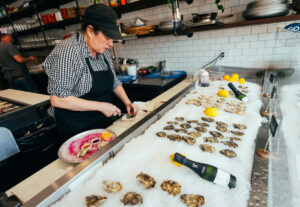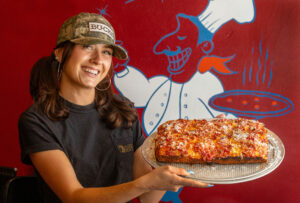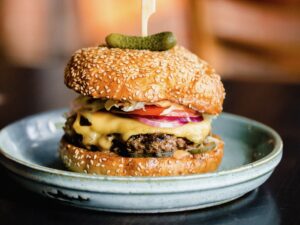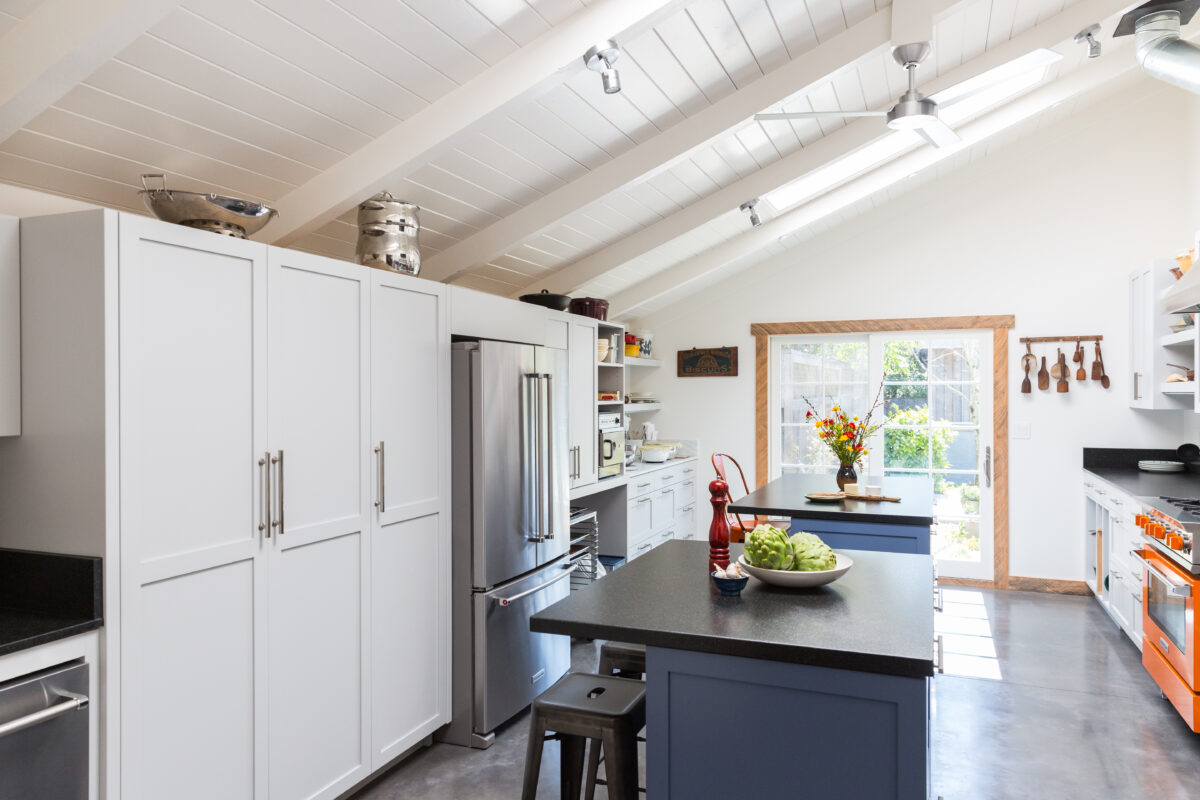Amy Vogler is juggling the same concerns as most of us in these upside-down times: making healthy food for her daughter and husband, staying on top of work while overseeing school at home, and trying to find a sense of balance within it all. The Kenwood-based culinary professional had been accustomed to being able to carve out larger blocks of time for her baking and recipe development work.
“We’re all figuring it out,” says Vogler. “Ultimately, my biggest concern is how my daughter is feeling, being away from her school and friends. But it would be nice if that were the only thing I had to think about.”
Vogler and her husband Rocky bought a 1,500-square-foot-home in Kenwood 12 years ago and planned and saved for over a decade before beginning renovations. Amy worked out of the home’s tiny, cramped kitchen while building a somewhat unconventional career in food. Over the years, she’s worked on such well-known titles as Thomas Keller’s “Bouchon Bakery” and the late Kathleen Weber’s “Della Fattoria Bread,” helping chefs adapt their recipes for home cooks.
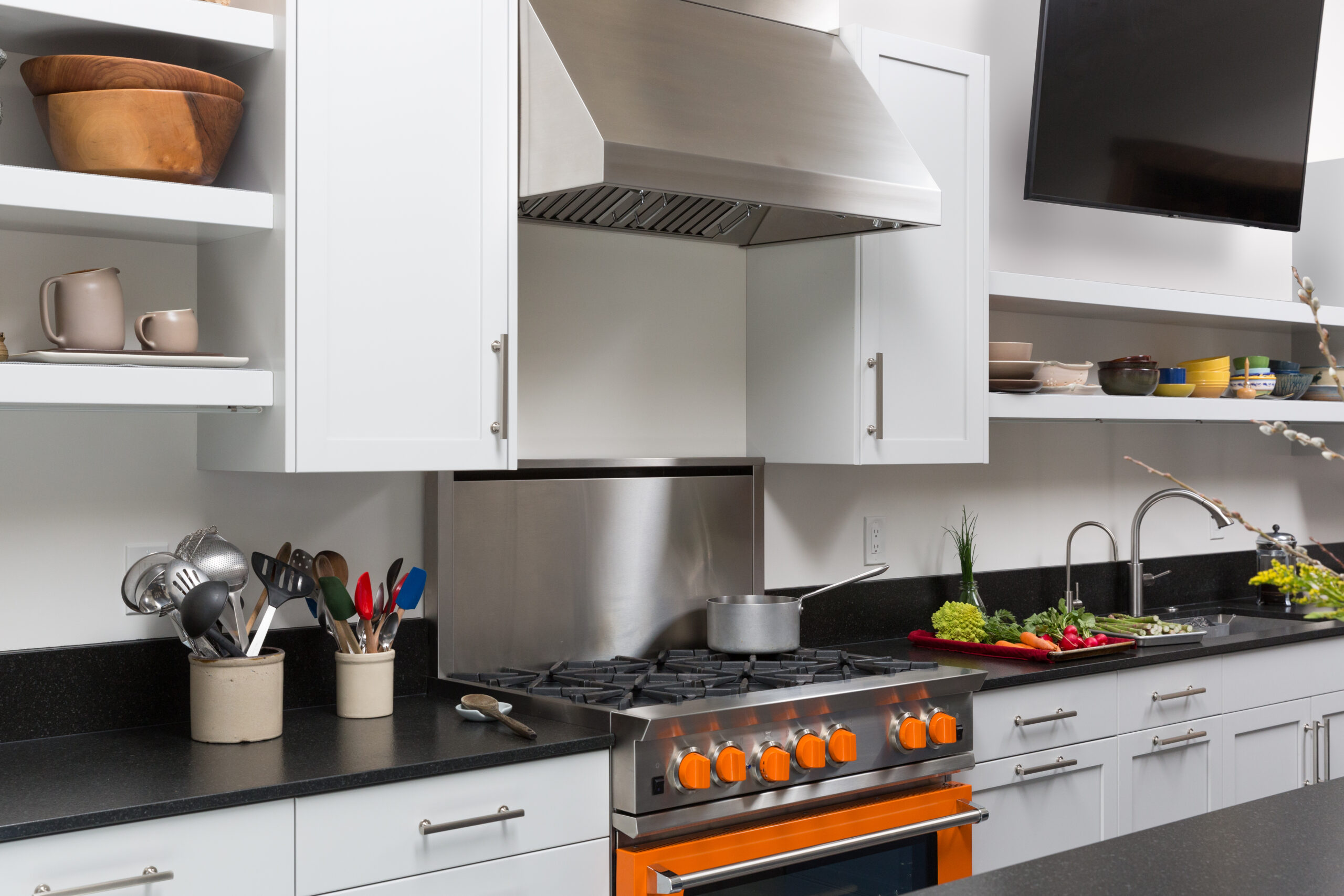
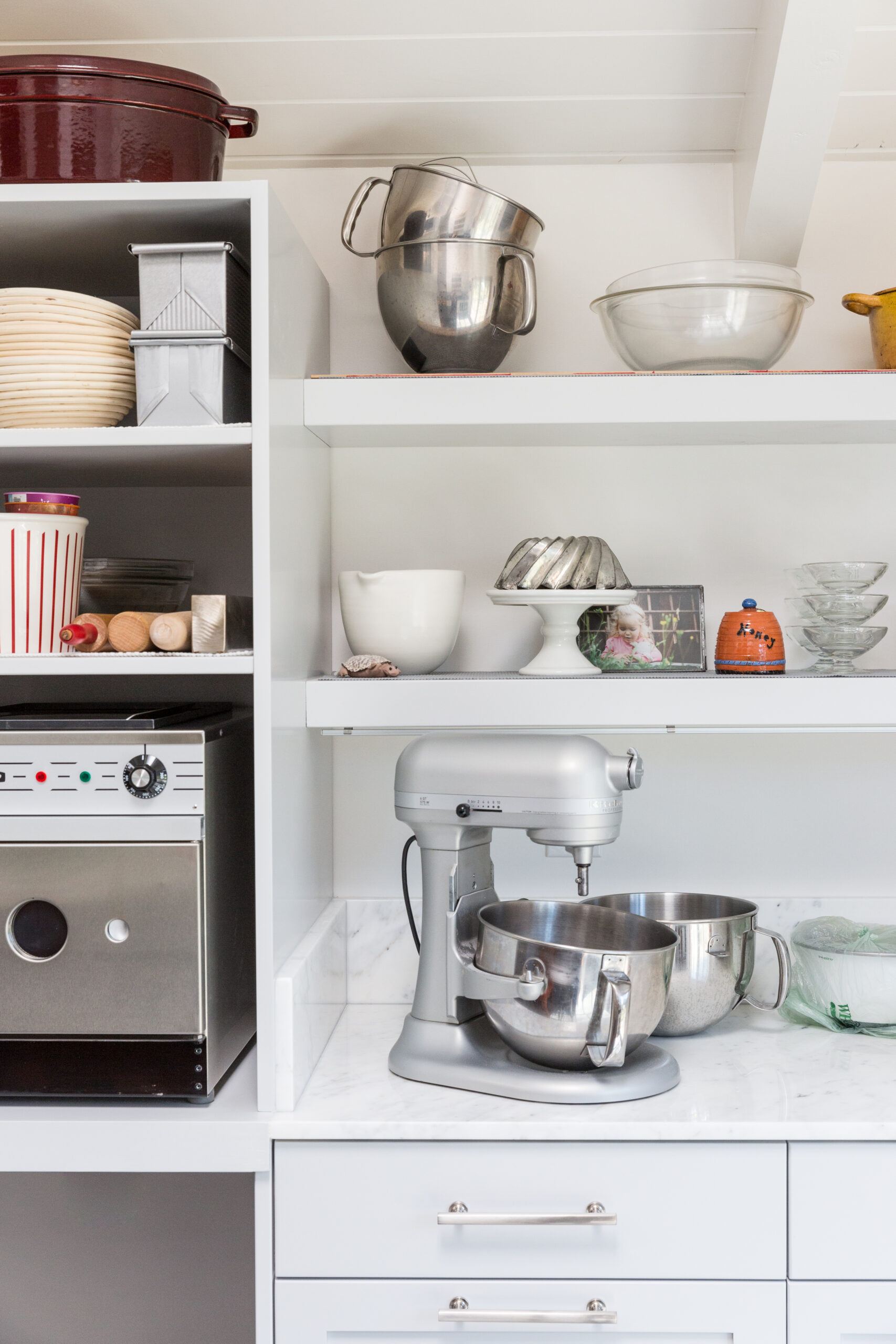
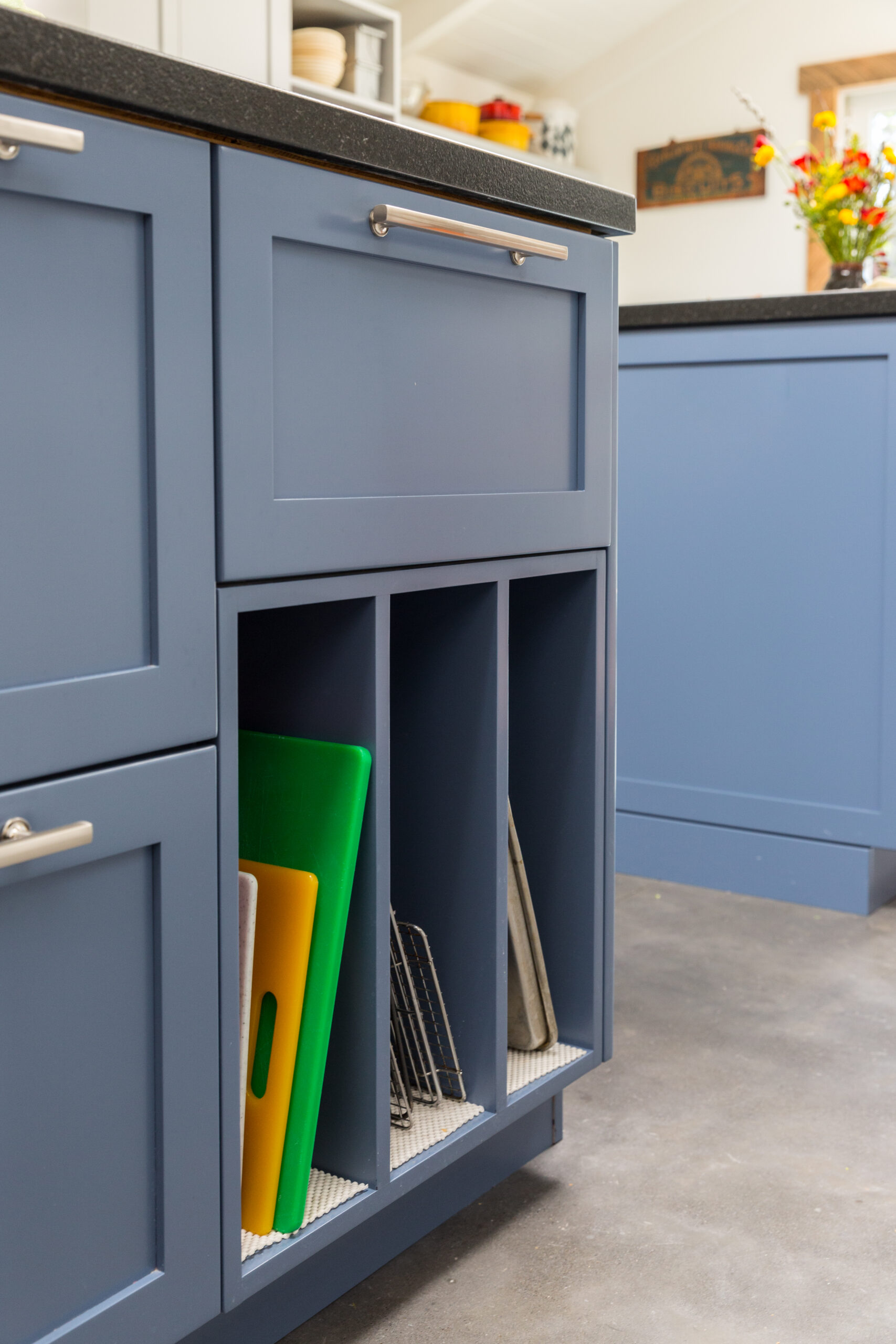
“When we first moved to Kenwood, I was just getting started on a barbecue book [Adam Perry Lang’s “Serious Barbecue”]. We had a big setup under a falling-down gazebo in the backyard — a stand-up smoker, a gas grill, a charcoal grill, and a Big Green Egg. The rains were coming so we strung up tarps with bungee cords over everything so I could keep working. I can’t imagine what the neighbors thought.”
Of course, the neighbors soon became fans when it came to the fruits of the testing process: racks of ribs and brisket to share. Clearly, it’s a good thing to live next door to the Voglers.
Two years ago, Vogler and her husband finally felt it was time to jump into a big kitchen renovation that would give Vogler the space she needed for work and allow the family new ways to gather and cook together. The biggest change? Swapping the location of the existing den and kitchen, which allowed for a dramatically larger and brighter location for Vogler’s recipe testing and family meal prep.
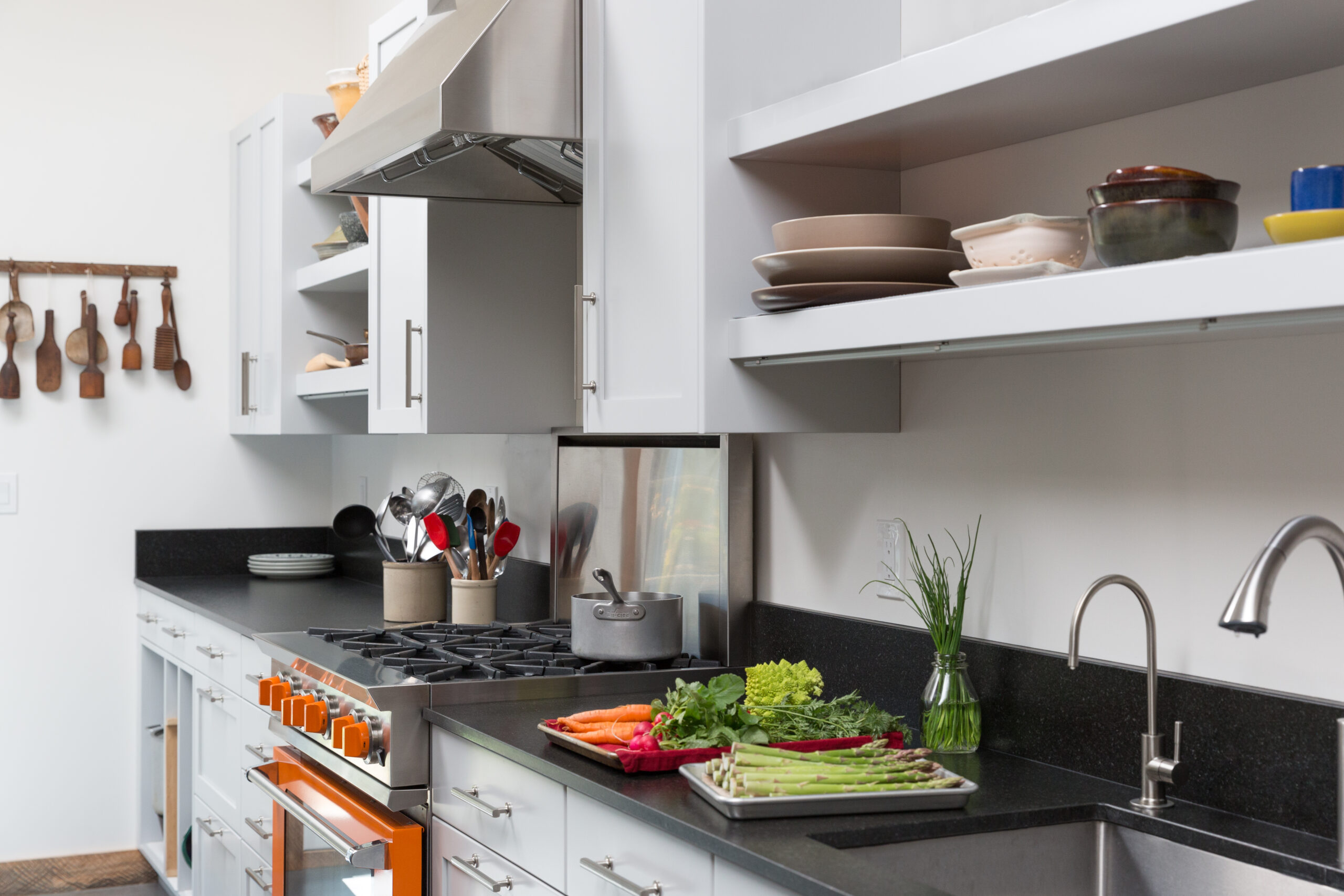
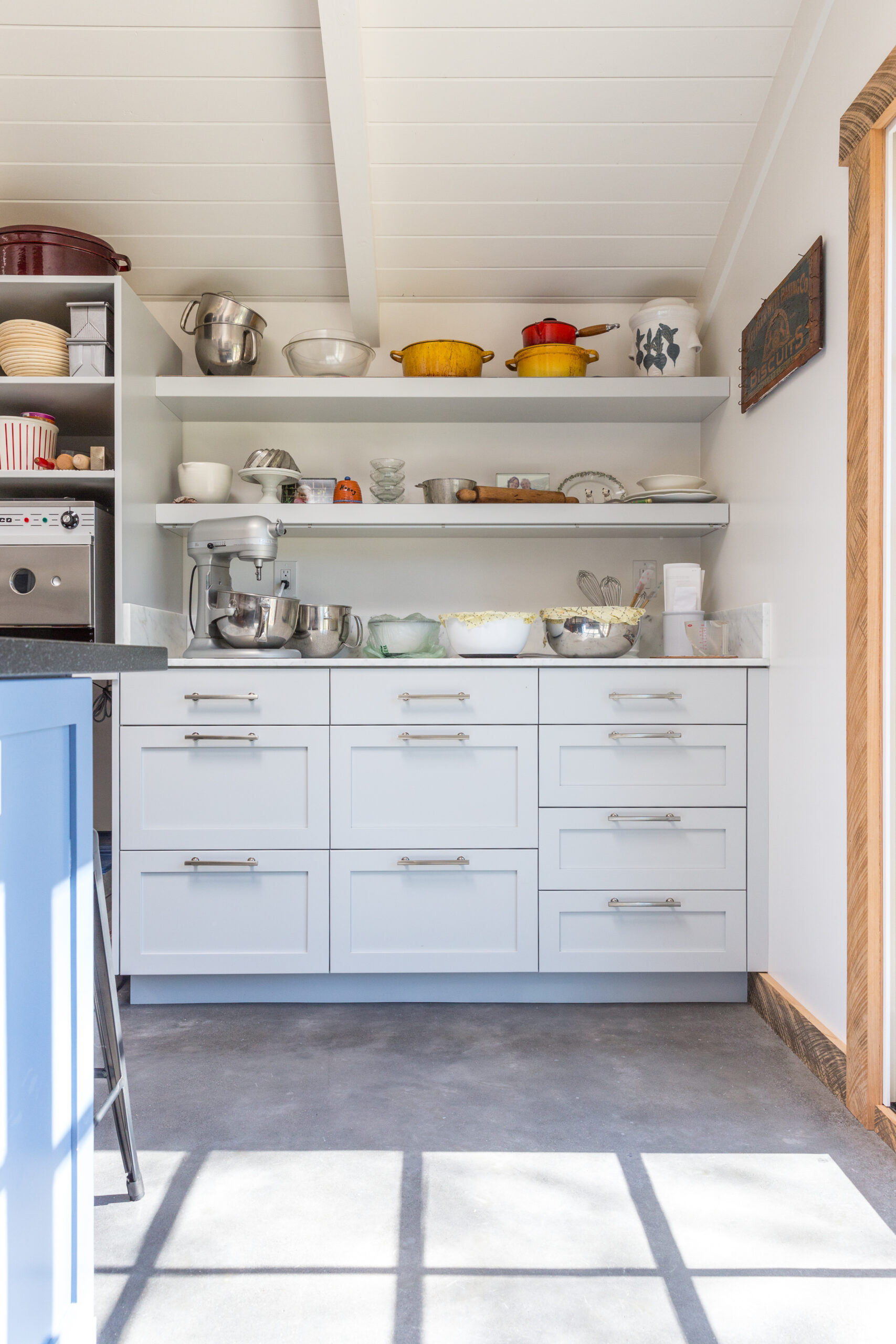
The sink and stove were located on one wall because to make plumbing and venting easier, while on the opposite wall, there’s a large fridge, pantry storage, and a baking area for Vogler’s bread and baking projects. In between, two islands offer flexibility for daily meal prep, homework, and casual dining.
What was the old kitchen is now a family office space where they each have a desk, and tall bookshelves hold Vogler’s cookbook collection as well as daughter Aurora’s school books and supplies. When Aurora is older, that space could swap back into the role of formal dining area — but for now, the family of three enjoys meals around one of the kitchen islands or outside on the patio. And even when they entertain, the kitchen works, as guests simply pull up extra stools and sit around the islands.
The best part, says Vogler, is all of the natural light in the new kitchen. “Just from a mood standpoint, it’s so much brighter with the skylights and the new back slider. And practically, if I’m taking pictures for work, the light is important.”
Just as key is the new baking area, for which she says she feels a great deal of gratitude. Vogler has been doing a lot of baking with Aurora this spring, making sourdough and quick flatbreads for the family. “I feel the most in my groove with baking. There’s a natural movement in it for me that is inherently calming and soothing. I’m very happy getting my hands in dough.”
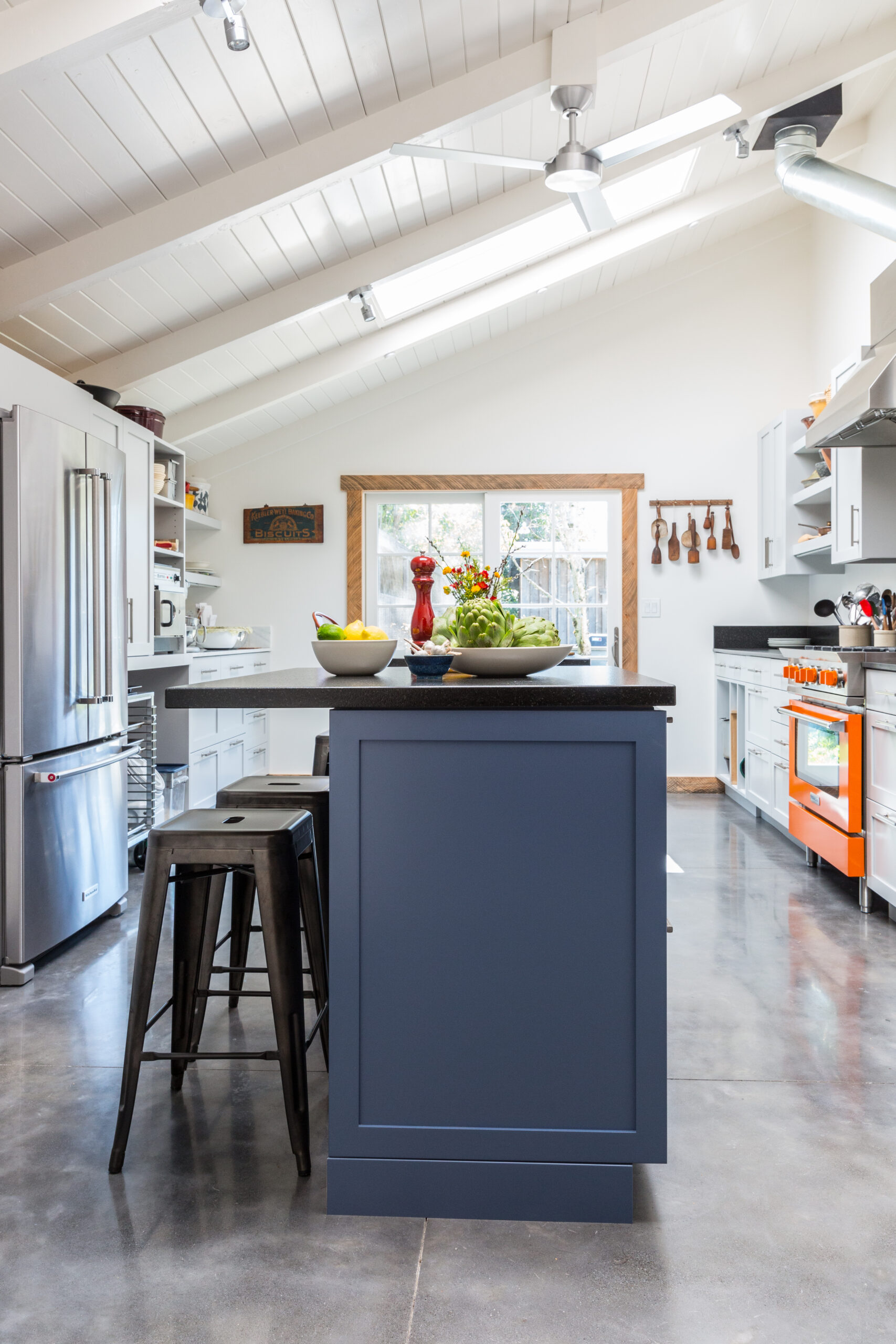
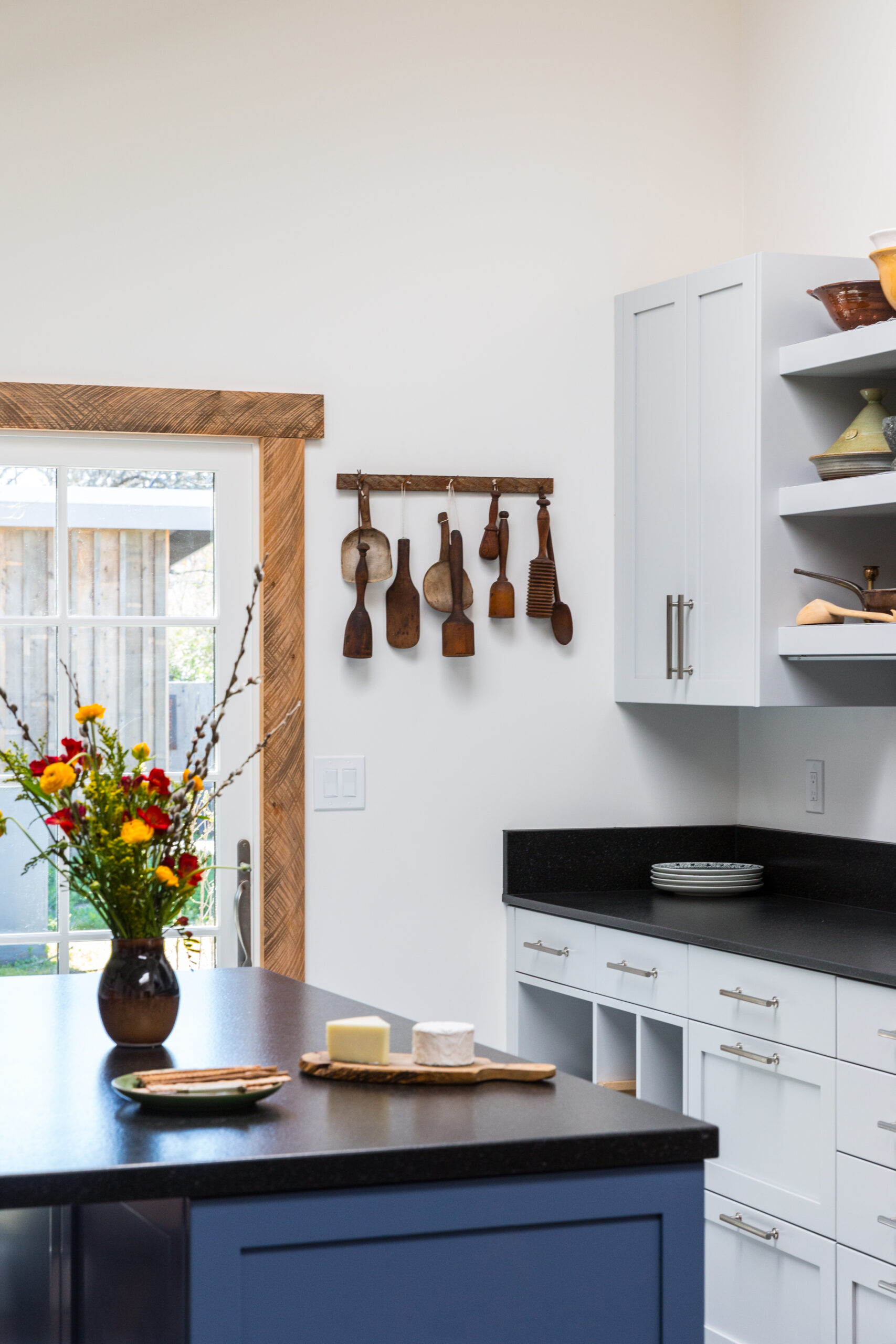
Tips for baking success
*Use a kitchen scale to measure ingredients. Results will be more consistent, and there’s less to clean up after as you don’t need measuring spoons and cups.
*If herbs or other add-ons aren’t incorporating evenly, transfer the dough to a lightly floured work surface and knead into the dough. Try not to incorporate too much flour. If the dough is sticky, dampen hands with water.
*Use rimmed baking sheets, as opposed to flat cookie sheets. For a thicker bread use one that measures 9” x 13”, for thinner 13” x 18”.
*If the dough tears when pressing it, pinch it back together, let it rest, and then start again.
*This dough also works well for pan-style pizza, when pressed into a larger pan. Partially bake for 15 minutes, then carefully remove from the oven. Spread with 1 cup sauce (140 grams) and sprinkle with 2 cups (150 grams) shredded cheese. Then back into the oven for about ten minutes until the cheese is melted and golden.
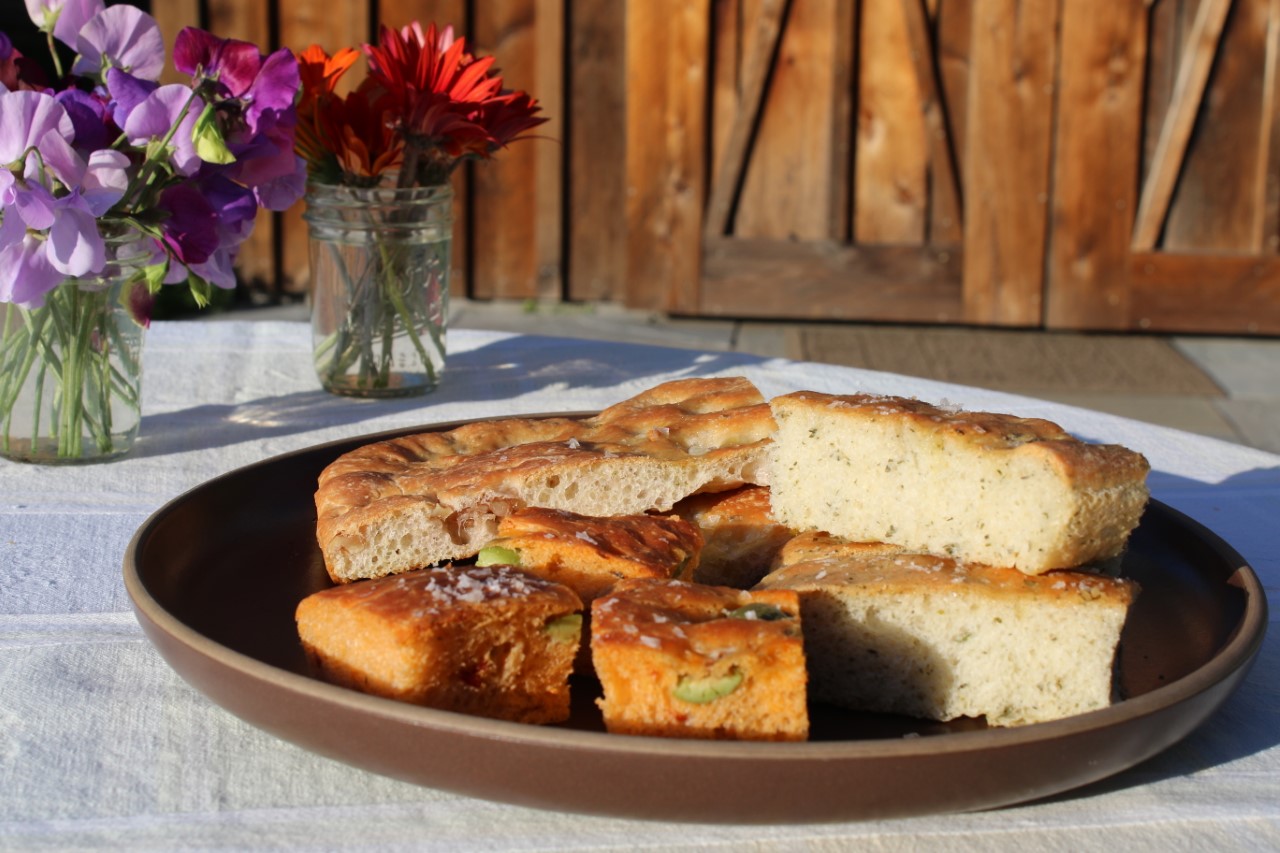
Amy’s Take on Tuscan Flatbread
Baking has brought culinary professional Amy Vogler and her family a great deal of joy during this spring’s shelter-in-place orders. She says this easy flatbread is excellent as-is with oil and salt, but versatile enough for add-ons, such as dried or fresh herbs. “Aurora’s favorite is green olives and sundried tomatoes. Rocky’s favorite is walnuts and rosemary from the recipe that inspired mine — in colleague Dan Leader’s ‘Living Bread.’ We’ll try pistachios and dried apricots with a little thyme next.”
Ingredients
• 350 grams (2 ½ cups) allpurpose flour
• 7 grams (2 teaspoons, 1 packet) active dry yeast
• 6 grams (2 teaspoons) kosher salt or (1 teaspoon) fine sea salt
• 235 grams (1 cup) warm water
• 10 grams (1 ½ teaspoons) honey
• 13 grams (1 tablespoon) extravirgin olive oil, plus more for the bowl and pans
• 12 grams (3 tablespoons) chopped mixed herbs or 150 grams (1 cup) chopped add-ons such as olives, nuts, or dried fruit
• Flaked or coarse sea salt
Instructions
Measure all of the dough ingredients into the bowl of a stand mixer fitted with the dough hook. Mix on low speed for a minute to begin to incorporate, then increase to medium-low to combine and mix until smooth, 5 to 7 minutes. If using herbs or add-ons, put in now and mix for about 2 minutes more.
Lightly oil a medium bowl. Transfer the dough to the bowl, turning to coat on all sides. Cover the top and set in a warm spot to proof until puffy and about doubled, 45 minutes to 1 hour.
Pour about 1 tablespoon of oil into the bottom of a baking sheet with sides. Gently stretch and press with fingertips until half to threequarters of the desired size. If the dough resists, let it rest a few minutes and then continue to press. Flip the dough to be oiled side up and gently press again, getting as close as possible to the corners. Cover and let proof until puffy and double in thickness, about 45 minutes.
Meanwhile, preheat the oven to 425˚F.
Just before baking, drizzle the top with oil and sprinkle with salt. Be generous with both, about 1 tablespoon of oil and 1 teaspoon of salt. Bake until a rich golden-brown, 20 to 25 minutes.
Use a spatula to release the bread from the pan and cool on a rack for 10 minutes.



